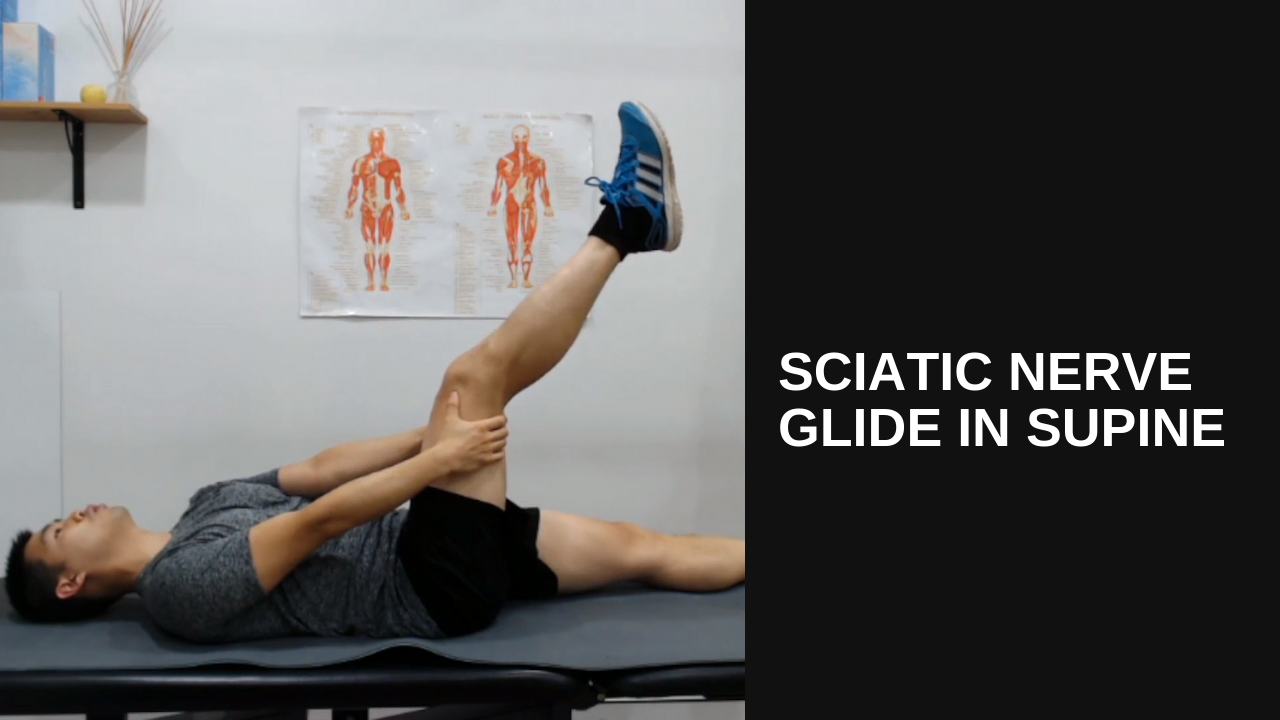Better sports performance with controlled and efficient movements
Whether you are training in the gym or participating in organised sports, optimal movement will improve your performance and reduce your chance of injury. You may have heard your physiotherapist used terms such as movement control and therapeutic block exercise but what does it mean? In this blog we explain the meaning of these terms.
Movement control
Muscle tightness, weakness, and joint stiffness can all contribute to non-optimal biomechanics (movements) and impede sports performance. When we assess you for movement control, we look into:
Whether the correct muscles are firing?
Is it firing timely?
Is there enough joint motion?
What is causing restrictions to movements?
What kind of speed and agility is required to perform well?
Building block exercises
The idea of physiotherapy exercises is for you to work on simple movements repetitively with focus. We encourage the repetitive practice of simple building-block movement (such as squats for basketballers and trunk rotation in dancers). This will reflect a better performance when it comes to sports.
Conclusion
The concept of sports physiotherapy is assessing how well you control your movements. If there is an issue, we prescribe exercises to improve specific elements of your movements. This will provide you with a better understanding of your body and how it moves will impact your overall sports performance.











